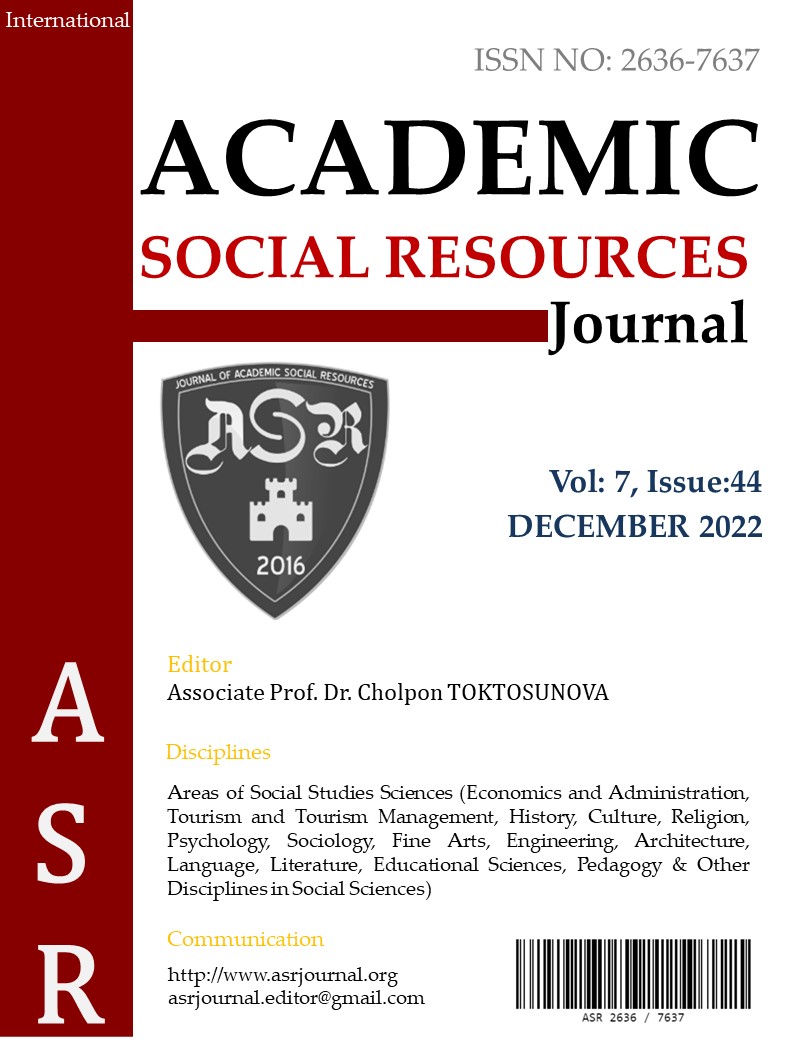Author :
Abstract
Osmanlılarda hazine, devletin harcamalarına ayrılan “dış hazine” ve sarfiyatı padişaha ait olan “iç hazine” olmak üzere ikiye ayrılmaktadır. İç hazine ifraz, çilhane, bodrum ve ceyb-i hümâyun (cîb-i hümâyun) gibi adlarla anılan alt birimlere ayrılmıştır. Padişahların özel gelirleri olan ceyb-i hümâyun hazinesi gelir ve giderleri defterlere kaydedilmiştir. Ceyb-i hümâyun akçesi ya da harçlığı, padişaha ait gelirleri ve padişahların bunlardan yaptığı harcamaları ifade etmek için kullanılmış bir tabirdir. Padişah bunların bir bölümünü bugün kamu masrafları denen harcamalara ve şahsî masraflarına ayırabilirdi. Bazı durumlarda gizli ödenek şeklinde de kullanılabilmekteydi. Ceb-i hümâyun harçlığı, Osmanlı maliyesinde padişahın tasarrufunda olan iç hazine kaynaklarının özel bir kısmını teşkil etmekte ve bazı özel giderler “harc-ı hassâ” adıyla muhafaza edilmekteydi. Bu giderlerin kaydedildiği defterlere “harc-ı hassâ defteri” ya da “ceyb-i hümâyun ve harc-ı hassâ defteri” denmektedir. XVI. yüzyılın sonlarında tutulmaya başlanan bu defterlere genellikle her aya mahsus olmak üzere yapılan hususî harcamalar kaydedilmiştir. Bunlar, padişahın kendi şahsına, haremdeki kadınlara, saray halkına, devlet ricaline, arzuhal sunanlara vb. yapılan çeşitli in’am ve ihsanları, saray için satın almaları, yeni yaptırılan eşyalar için usta masraflarını vb. içermektedir. Bu makalede TSMA D. 2350/6, 2350/11-14 numaralı harc-ı hassâ defterinde kayıtlı olan, padişahın hususi harcamaları ele alınmıştır. Sultan II. Mustafa dönemine ait bu defterlerdeki harcamaların kimlere, ne miktarda hangi vesilelerle yapıldığı tespit edilerek harc-ı hassâ defterlerinin Osmanlı sosyo-ekonomik tarihi bakımından önemine işaret edilmiştir.
Keywords
Abstract
For the Ottomans, the treasury was divided into "External Treasure", which was spent on the expenditures of the state, and "Internal Treasure", the expenditure of which belonged to the sultan. The inner treasury is divided into sub-units, which are referred to as ifraz, çilhane, bodrum ve ceyb-i hümâyun (cîb-i hümâyun). The ceyb-i Hümayun treasury, which is the special income of the sultans, its income and its expenses were recorded in the books. Ceyb-i Hümayun coin (akçesi) or pocket money is a term used to express the income of the sultan and the expenditures made by the sultans. The sultan could have allocated some of them to public expenditures or personal expenses. Sometimes it could also be used as hidden appropriations. Ceb-i Hümayun fee (harçlığı) was organizing a special part of the internal treasury expenditure, which was at the disposal of the sultan in the Ottoman finances, and some special expenses were kept under the name of "harc-ı hassâ". The books in which these expenses are recorded are called “harc-ı hassâ book” or “ceyb-i hümayun and harc-ı hassâ book”. These books, which have started to be kept in the late 16th century, are usually prepared monthly for special expenses. These books include beneficence of the sultan himself, grants to the women in the harem, to the courtiers, to the state dignitaries, to the petitioner, etc. and purchases for the palace, expenses of the craftsman for newly built furnitures. In this article, the private expenditures of the sultan recorded in the TSMA D. 2350/6, 2350/11-14 harc-ı hassâ book are examined. It has been determined the expenditures in these books were made to whom, in what amount in these books which belonging to reign of Sultan Mustafa II. In this way the importance of the books of the harc-ı hassâs in the Ottoman socio-economic history was pointed out.





